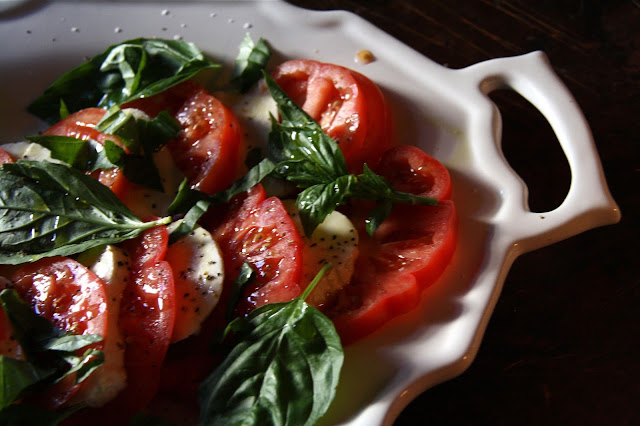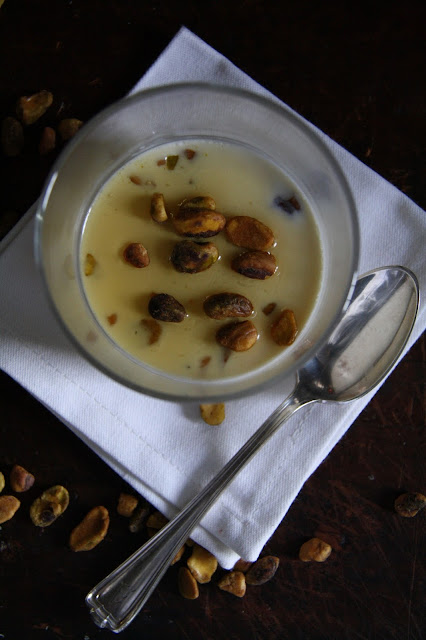Growing up in the pre-zillion number of television channels and growing number of media broadcasting options era, I used to love watching westerns and western genre television shows. Of course, this would have been back in the black and white versus technicolor days aka the dark ages. From
Big Valley to
Bonanza to
The Virginian to
Rawhide, along with a smattering of others (and oh let's not forget
Little House on the Prairie), I was completely mesmerized by the good versus evil western frontier stories. Today, my affinity for westerns is no longer satisfied watching only reruns from the 50s, 60s and 70s. In recent years, shows like
Deadwood and
Hell on Wheels, where the lines between good and evil have been blurred, have become some of my favorite guilty television watching pleasures. And whenever a new 'western' or period movie opens, I wouldn't exactly say I am the first in line to see it, but am definitely in the audience in the opening weekend. No longer are the story and characters the only focus of my attention. Now I am equally attentive to the cinematography, period clothing, and especially the set decoration. Although I am not big on watching the same movie again and again, films like
"The Hateful Eight" and
"The Revenant" are amongst the exceptions. In revisiting both old and new television shows and movies, my takeaways from them continue to evolve. Affirming my belief that 'old' eyes can continue to see and experience things differently. As Marcel Proust once wrote "
The real voyage of discovery consists not in seeking new landscapes, but in having new eyes".
Recently I came across another recipe for Cowboy Cookies, one made with toasted pecans, oatmeal, chocolate, cinnamon, and, yes, even coconut. It made me wonder if they would be as good as, or even better than, the
Cowboy Cookies posted to the blog almost three years ago. Which, based on the relative short life of this blog, is a lifetime ago. I could speculate, even make an educated guess about them, based on what I think I know about cookies and cookie batter. Or I could make them. There was only one way to know for certain.

Unfortunately this incredibly delicious Cowboy Cookie doesn't have a rich, verifiable history to go along with it. How it got its' name is anyone's guess although two theories have been floating out there. Because of course everything we read on the internet is true (ha!). So keep these disclaimers in mind. The first theory was based on the belief the cookies were hardy enough to survive the journey out west. While the second one attributes their creation by some inventive Texas cowboys. Both sound plausible. If you happen to be from Texas, you might be tempted to be believe the later. This adapted version of the cookie can actually be attributed to a recipe Laura Bush shared during the Bush-Gore presidential campaign way back in 2000. Men ran for the presidency, their wives competed with cookie recipes. For the record, Laura Bush's cookie reigned over Tipper Gore's gingersnap recipe.

With most every cookie recipe I come across, something compels me to make a few minor adjustments. I didn't need more than four dozen cookies to make a decision as to whether I would like or even love them, so I made some changes to the ingredient amounts. In keeping with my belief (or to be honest, the rule) nuts should always be roasted/toasted before they are added to a dough, I made that little tweak. In the past year, I made the shift from chocolate chips to chopped chocolate when making cookies. From a visual and taste standpoint, this simple shift makes a significant difference. At the moment the Dark Belgium Chocolate Bars sold at Trader Joe's are my favorite.

These cookies come together in the same way a chocolate chip cookie does. Butter is creamed before the sugars are added, followed by the eggs and vanilla, then the dry ingredients, and finishing with all of the 'good stuff'. A standing mixer fitted with a paddle attachment makes your cookie making life easier, but certainly a hand mixer would work. The dry ingredients do not need to be sifted. Whisking them together in a large bowl (with a balloon whisk if you have one, not to fret if you don't) is good enough.

Two of the best reasons to chill a cookie dough before baking them is your cookies are less likely to spread as the fat in the dough takes longer to melt and the sugar in the dough gradually absorbs the liquid. As a result your finished cookies will be both 'thicker' and 'moister'. Or have a more 'bakery' finish look to them. The dough can be chilled for as little as 30 minutes, but I prefer chilling them overnight. An ice cream scoop makes the cookie assembly and baking process easier as well the size and shape of the cookies more uniform. So rather than chill the bowl of cookie dough, I chill a tightly wrapped tray of the formed balls of dough.
The dough balls remained chilled in the refrigerator while each batch of cookies are baked. This way they all enter the oven the same way.
On a parchment paper lined baking sheet, the Cowboy Cookies are baked in a preheated 350 degree (F) oven for 14-15 minutes. When done, they will be beautiful brown color on the top and bottom but may look a little 'unfinished' in the center. Leaving the cookies on the hot sheet pan for 2-3 minutes after you remove them from oven helps to 'finish' the cookie. Transferring them to a cooling rack helps them come to room temperature. If you are not eating them right away (but of course you have to eat at least warm cookie), they store well in a covered container or sealed cellophane bag. You could even freeze them. A good idea especially if you want to use them to make ice cream sandwiches!

So what was the verdict? Were the Cowboy Cookies Revisited as good as or better than the other Cowboy Cookie recipe? I would definitely tip my hat to this "Revisited" version as I loved the flavor and texture combination of the toasted pecans, oatmeal, chopped dark chocolate, coconut, and cinnamon. Even if your friends and family are not big fans of coconut, they might end up being fans of this crispy on the outside chewy on the inside Cowboy Cookie as the coconut doesn't overpower but rather balances the cookie's sweetness. Seriously this is one great cookie. So great, in fact, it is almost impossible to eat just one in a single sitting. This isn't just conjecture or an opinion on my part. It is a proven theory.
Sometimes you need to revisit something in order to fully appreciate it. If you haven't ever had a Cowboy Cookie or had made ones different than the recipe posted here, I would strongly encourage you to give these a try. Think of them as a heartier, more satisfying version of a chocolate chip cookie. However, if I channeled my inner Victoria Barkley I would definitely not 'beat around the bush suggesting' you make them.
Recipe
Cowboy Cookies Revisited (adapted version of Laura Bush's Cowboy Cookie recipe shared in the New York Times)
Makes approximately 4 dozen cookies
Ingredients
2 cups (260g) all-purpose flour
2 teaspoons baking powder
2 teaspoons baking soda
2 teaspoons ground cinnamon
3/4 teaspoon kosher salt
2 sticks (1 cup) unsalted butter, room temperature
1 cup (200g) granulated sugar
1 cup (200g) light brown sugar, firmly packed
2 large eggs, room temperature
2 teaspoon vanilla
11 ounces dark chocolate chopped (or 2 cups semisweet chocolate chips)
2 cups old-fashioned rolled oats
1 1/3 cups sweetened flaky coconut (e.g., Baker's Sweetened Coconut Flakes)
1 1/3 cups pecans, roasted and chopped (To roast the pecans, bake for 8-9 minutes in a preheated 350 degree oven. Allow to cool before adding to the batter.)
Directions
1. In a medium sized bowl, whisk together the flour, baking powder, baking soda, kosher salt and cinnamon. Set aside.
2. In a standing mixer fitted with a paddle attachment, cream the butter until light and fluffy (approximately 2-3 minutes).
3. Add granulated and brown sugar and beat to combine thoroughly.
4. Beat in eggs one at a time. Then beat in vanilla.
5. On low speed mix in the dry ingredients until fully blended.
6. Using a spatula or wooden spoon stir in the chopped chocolate, chopped pecans, coconut and oatmeal.
7. Using a large ice cream scoop, form balls of dough and set on a baking tray. Cover tightly with plastic wrap and refrigerate overnight.
8. Preheat oven to 350 degrees (F). Line baking sheets with parchment paper and set aside.
9. Bake cookies for 14-15 minutes until edges are lightly browned. Rotate baking sheets halfway through the baking process.
10. Remove cookies from oven and allow to sit on cookie sheet for 2-3 minutes before transferring them to a cooling rack.
11. Cook to room temperature and store in a covered container.
Notes: I think chopped milk chocolate would also work well in these cookies. And lucky for all of us, Trader Joe's sells a large bar of Belgium Milk Chocolate, perfect for chopping and using in cookies. If you like your cookies on the crispy side, store them in the refrigerator.
White Rhododendron blooms and blossoms.



















































